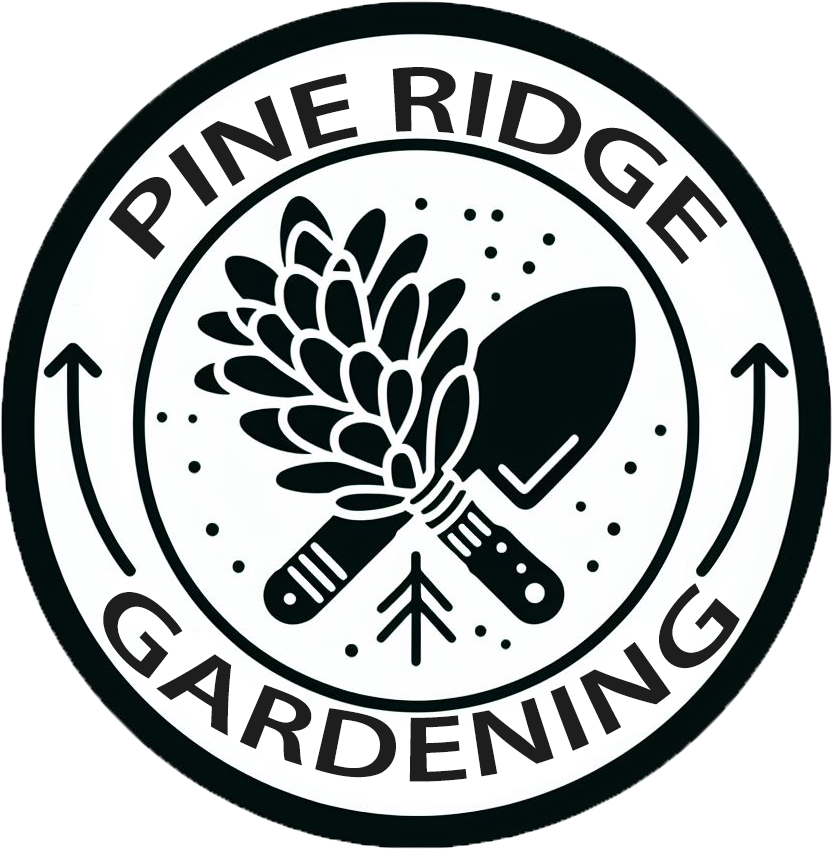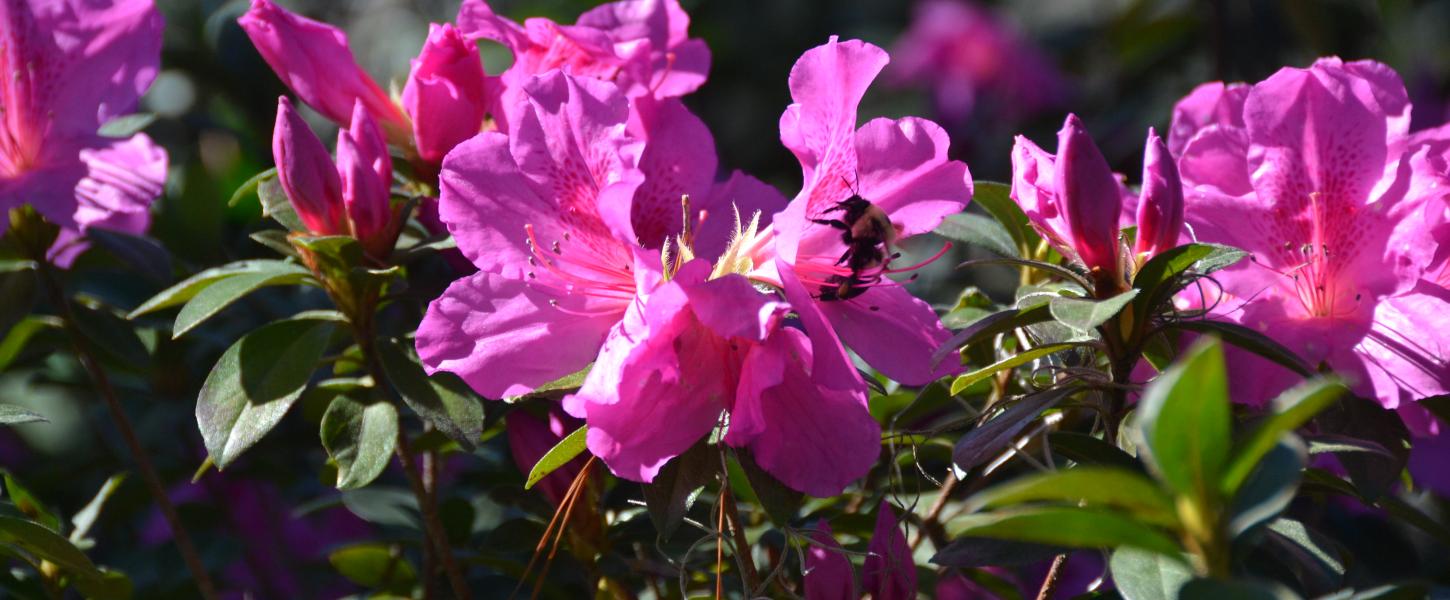January in Florida zone 9a can be cold, at least for us Floridians, but OH BOY, do we have some beautiful flowering plants to admire. If you take some time away from your productive winter garden, just drive through your neighborhood or through a state park to see the abundance and colors of blooming plants. This is the only time of year that you will see some of these species of plants in bloom.
CAMELLIAS

Camellias make winter days brighter with an array of different colored blooms. These slow growing evergreen shrubs make a beautiful addition to your landscape. There are over 250 known species, but only a few are widely grown as ornamentals. Some species (C. sinensis) are grown for tea leaves and some are grown for seed oil. Depending on the variety, Camellias typically bloom from the fall into the winter in our area. These shrubs prefer partial shade, especially from the intense afternoon sun.
Camellia Types: There are three main types of camellias grown in our area of Florida.
- Camellia japonica blooms later than other species of camellia.
- Camellia sasanqua is a slower growing shrub and has smaller leaves and flowers. This species of camellia typically bloom in November, earlier than other species.
- Camellia reticulate are the tallest camellia and have the largest blooms, up to 11″ in diameter.

FLORIDA RED MAPLE TREE

January is when the native Florida Red Maple starts to produce samaras. Samaras are red flowers and fruits that look like red feathers. They are a popular food source for birds. If you want fall and spring color, this is the tree to plant, but give the native Red Maple a lot of room since it can reach heights of 75-feet. “Florida Flame”, “Summer Red”, “Autumn Flame” and “Gerling” are improved cultivars, most of which are much shorter than the native species, with brilliant color that will be the beauty of your neighborhood for years to come.
AZALEA
Azaleas always brighten up our short winter days. The native azalea (Rhododendron chapmanii) is called Bush Honeysuckle or Chapman’s Azalea and is a fragrant azalea. They can be found in wetlands in Clay County, Florida and in the Florida panhandle, but I have been told that they are also growing in the Rainbow Springs State Park in Dunnellon, Florida. They have small flowers in pink, peach or yellow. Given time, they will grow to 10-feet in height. These shrubs are deciduous unlike the more common non-native species which keep their leaves year round. This photo is of one of the non-native azaleas in my yard. You can choose various hybrids from dwarf varieties to those growing to 10-feet tall. Unfortunately, non-native azaleas do not have fragrant flowers.

DUNE SUNFLOWER

The native Dune Sunflower/Beach Sunflower (Helianthus debilis), are still flowering in my yard. They will bloom until the first frost kills them back to the ground. When the warmer weather arrives the roots, as well as all of the seeds that the plant scattered during the summer and fall months, will shoot up new growth. Dune Sunflower makes a wonderful blooming ground cover in full-sun areas. It grows up to 2′ high and spreads out 3-4′. Ground Doves love to nest and find shelter under these plants and birds love to eat the seeds. The Dune Sunflower is also popular with pollinators.
Peach Trees
Though not in full bloom yet, the peach tree in my yard is just starting to bloom. Unfortunately, a freeze will cause the blossoms to drop, but when the weather warms up again, the tree will send out more blossoms. This variety, developed by UF, is called “Florida Glo”. It is self-pollinating and only requires 150 chill hours in order to produce fruit.

Tea Olive Shrub

Tea Olive (Osmanthus fragrans) is a native to Asia. It has the most fragrant little flowers which bloom intermittently through the year. Tea Olives are a slow growing evergreen which grows in zones 8b-11a. If you plant this shrub near your lanai, you will be rewarded with the heavenly scent of their tiny flowers.

Many other plants are still flowering in my yard since we have not had a killing frost yet. The Mexican Sunflowers (Tithonia diversifolia) in my yard, (see photo at right), are still in bloom as well as cosmos, Thai basil and zinnia, but the first frost will kill them to the ground. For now though, the bees are very happy. I just noticed today that one of my harvested broccoli plants is now in bloom. There are a variety of annual flowering plants that you may like to grow that will survive our winters including snapdragons, pansies, violets, petunia, nemesia and diascia.
I hope you give some of these blooming plants a try. You will not regret it.
Enjoy.


